For many of us, our children are our greatest gifts. But caring for even the happiest and healthiest children can take a toll on parents. Add full-time work (or multiple part-time jobs) into the mix, and some days may feel like a challenge you can’t overcome. Now imagine taking care of an aging parent at the same time. Add in homeschooling during a pandemic and/or a child with special needs. Exhausted yet?
The idea of seeking out support and practicing self-care may seem impossible to some. But you can’t take care of others if you aren’t well yourself. It’s important to remember that caregivers need care, too!
How big is the caregiver issue?
The Caring Company, a study issued by the Harvard Business School (HBS), examines the challenges in some depth. The U.S. Census Bureau estimates that in the 2030s, more Americans will be 65+ than under 18. This affects employers in two ways.
First, those elders will need to be cared for by people in the workforce, particularly women, draining an already reduced labor pool. And, the intensity of care those elders need will increase. As a result, caregivers who are also employees will increasingly show up to work physically drained and emotionally distracted.
Should employers take note of caregiver challenges?
The HBS study goes on to detail the real costs to employers, including:
- Lost productivity due to absenteeism and/or presenteeism
- High cost of turnover
- High cost of temporary employees and/or overtime for employees filling gaps and voids
- Loss of industry-specific knowledge and expertise
How can employers help caregiver employees?
Caregivers certainly benefit from extra PTO hours and flexible schedules that allow them to meet dependent obligations, like doctor’s appointments. But there are a number of other ways employers can help as well.
Do you offer a dependent care flexible spending account?
If employees send their dependents to a child or adult daycare facility while they are working, a dependent care flexible spending account (DCFSA) can provide them with tax savings above what they can achieve on their annual tax return through the child care credit alone. These work by setting aside part of an employee’s pre-tax payroll to pay care providers for family members who are tax dependents. Employers enjoy reduced payroll tax matching, while employees enjoy reduced payroll taxes and enhanced peace of mind.
Would your caregiver employees appreciate an EAP?
An Employee Assistance Program (EAP) is a resource to help employees work through personal problems. While they previously dealt in large part with addiction and abuse issues, many now assist with child and elder care issues as well as stress and anxiety. These services are often provided through the EAP at little or no cost to the employee. Some health insurance plans include EAP coverage as well.
Do you know about Lifestyle Spending Accounts?
Lifestyle Spending Accounts are not tax-advantaged, but there are plenty of benefits for employers and caregiver employees alike! Employers can use the contributions as a business tax write-off. Eligible expenses are essentially unrestricted so you can provide access to a wide variety of resources specifically for caregiver needs, like counseling therapy, stress relief and relaxation measures, financial advisement and more.
Make a small difference for caregiver employees who make a big difference
Caregiving can take a heavy toll physically, emotionally, and financially, but those providing this support and assistance can gain satisfaction from knowing they’ve made a big difference (even if not always told as much). The skills caregivers develop can have a positive effect in the workplace as well. Employers can reap those benefits from this special group of employees by offering support in some of the ways we’ve shared here. The productivity and quality work that employers receive from this group in return can far exceed the expense.
For 40 years, DataPath has been a pivotal force in the employee benefits, financial services, and insurance industries. The company’s flagship DataPath Summit platform offers an integrated solution for managing CDH, HSA, Well-Being, COBRA, and Billing. Through its partnership with Accelergent Growth Solutions, DataPath also offers expert BPO services, automation, outsourced customer service, and award-winning marketing services.
